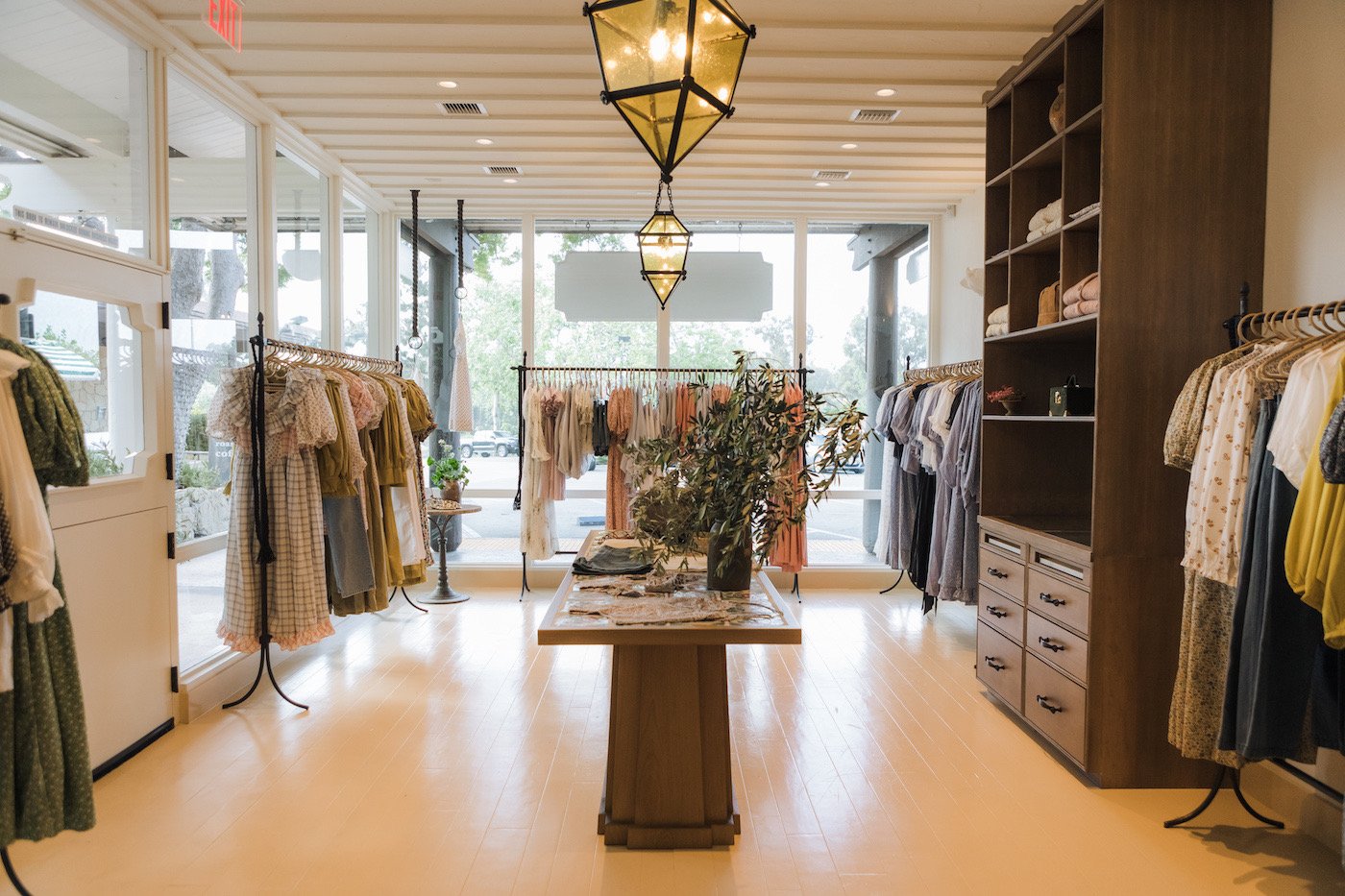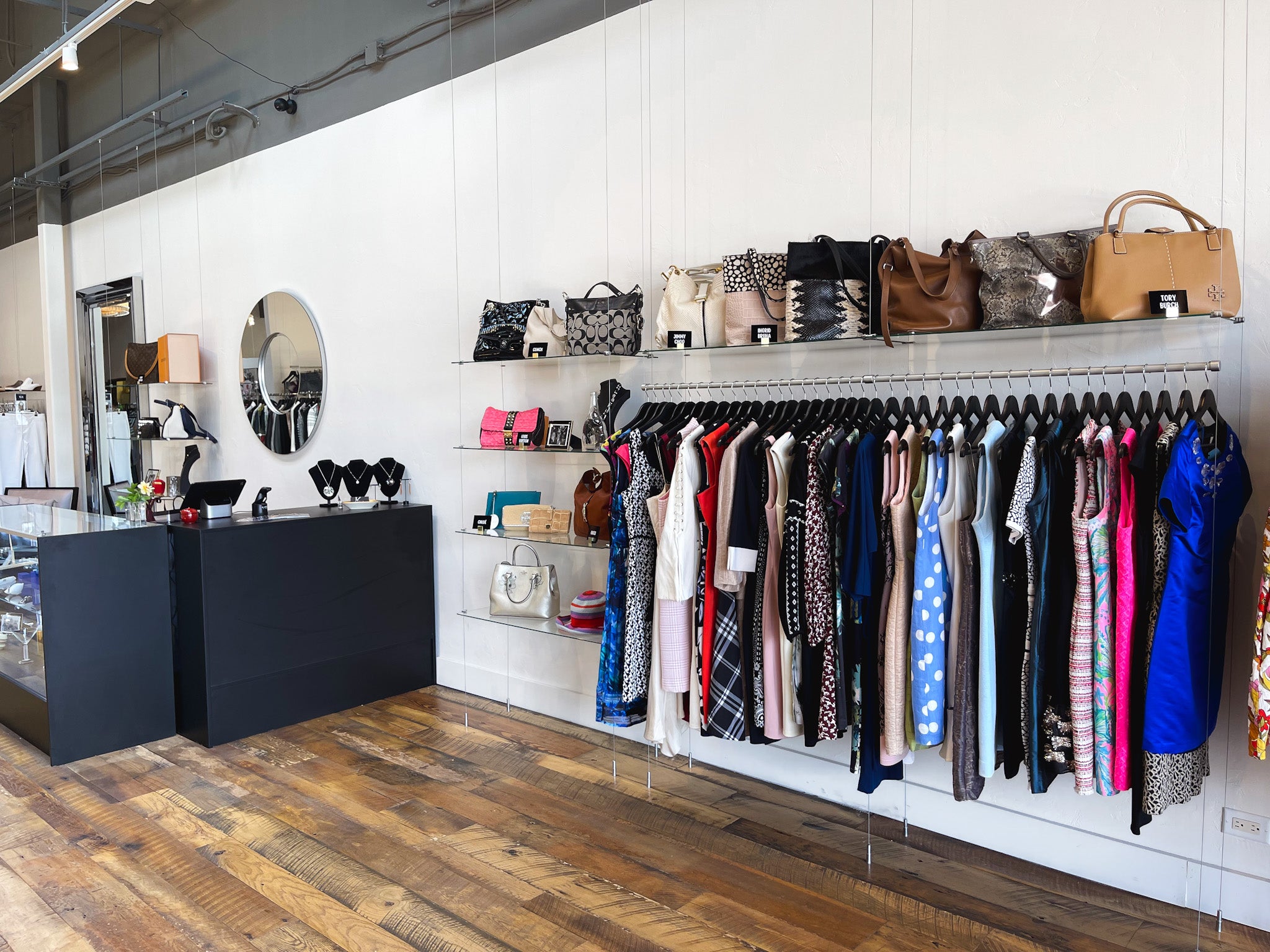The Rise of Online Buying: Finding Boutique Fashion at Your Fingertips
The Rise of Online Buying: Finding Boutique Fashion at Your Fingertips
Blog Article
Sustainable Fashion: Just How Eco-Friendly Apparel Is Forming the Future of Style
As the style market encounters increasing examination over its ecological effect, the surge of lasting fashion uses an encouraging alternative that lines up design with eco-friendly obligation. boutique fashion. How does this movement truly influence the future trajectory of fashion, and what difficulties lie ahead in its extensive adoption?
Ingenious Sustainable Materials
As the fashion sector grapples with its ecological effect, innovative lasting products have actually emerged as a critical remedy for reducing eco-friendly footprints. These materials not just decrease dependence on fossil gas but also decrease unsafe chemical usage and water intake.
In enhancement to plant-based products, developments in biofabrication have actually resulted in the advancement of lab-grown fabrics. Mycelium natural leather, acquired from mushroom roots, presents a naturally degradable and functional alternative to animal leather. Its manufacturing results in significantly lower carbon exhausts and water use, making it a more sustainable option for designer looking for to align with green techniques.
Recycled products are likewise getting traction, with polyester made from recycled plastic bottles standing for a significant advancement. This development not only diverts plastic waste from seas and land fills but also reduces power intake contrasted to generating virgin polyester. With each other, these materials highlight the possibility for an extra lasting fashion industry, leading the way for ecologically conscious design and manufacturing.
Eco-Conscious Production
Building on the technologies in sustainable products, the fashion sector is likewise re-evaluating its manufacturing procedures to additionally reduce environmental influence. Key approaches include lessening water consumption, minimizing carbon emissions, and getting rid of unsafe chemicals.
One more essential element is the decrease of toxic chemicals generally made use of in coloring and finishing textiles. Eco-conscious suppliers are shifting towards plant-based dyes and waterless dyeing modern technologies, which not just safeguard local ecosystems however additionally boost employee safety. Advancements like electronic printing reduce fabric waste and energy usage, offering a cleaner choice to traditional methods.
Additionally, openness and traceability have actually come to be extremely important. With the improvement of blockchain technology, companies can currently offer thorough insights right into their supply chains, making certain moral and eco friendly techniques at each action. This transparency builds customer trust fund and urges brands to maintain high sustainability criteria. As the need for eco-conscious products grows, manufacturers are compelled to introduce, making sure that the future of style is both lasting and trendy.
The Surge of Upcycling
Upcycling, a transformative method in sustainable style, includes artistically repurposing discarded products right into brand-new, premium items. This cutting-edge technique not just minimizes waste yet also reduces the demand for raw products, thereby decreasing the environmental effect of apparel production. By reimagining and rebuilding existing things, developers and fashion brand names have the ability to infuse creativity into their collections while promoting ecological duty.

Moreover, the upcycling motion has actually empowered small organizations and independent developers, that commonly lead in innovation because of their dexterity and creative thinking. By taking advantage of the bountiful schedule of unused products, these entities add to a round economy, demonstrating that fashion can be both lasting and stylish. Through upcycling, the sector takes substantial strides in the direction of an extra conscious and accountable future.
Thrift Culture's Impact
The growing thrift society substantially improves the landscape of lasting style, highlighting the value of mindful usage. This social shift encourages consumers to embrace pre-owned clothing, thereby minimizing the demand for brand-new garment manufacturing and minimizing environmental effect. Thrift shopping not only extends the lifecycle of clothes however also reduces the carbon impact related to production, delivering, and getting rid of apparel.
A key element of second hand society is its democratization of style. By providing a vast variety of designs from various eras at cost effective costs, thrift shops make fashion easily accessible to a wider target market. This availability fosters a feeling of individuality and creativity, as consumers mix and suit distinct pieces to curate individualized wardrobes without adding to the rapid fashion cycle.
Moreover, thrift society promotes circularity in style, lining up with the principles of a round economy. As more developers and customers accept second hand society, the fashion industry is urged to adjust, incorporating my website lasting methods to meet the growing demand for eco-conscious options.

Future Trends in vogue
Style's evolution is increasingly shaped by sustainability-driven efforts and technological advancements. One noticeable trend is the rise of digital fashion, where online garments can be put on in increased reality environments, dramatically lowering material waste.
In addition, the assimilation of blockchain innovation supplies brand-new possibilities in openness and traceability, allowing customers to validate the sustainability qualifications of their clothes. boutique fashion. This guarantees liability in supply chains and promotes ethical sourcing practices. 3D printing is yet another development that assures to transform making processes by enabling on-demand production, thus decreasing excess inventory and waste
As these innovations develop, they are poised to change the style landscape, combining style with sustainability. The future of style, for that reason, lies in a seamless blend of modern technology, technology, and environmental duty.
Conclusion
The improvement of the apparel industry through sustainable techniques indicates an essential shift in the direction of environmental responsibility. The assimilation of cutting-edge materials, eco-conscious manufacturing techniques, and the embracement of upcycling and second hand culture emphasizes a commitment to minimizing eco-friendly impacts. As these techniques acquire momentum, they redefine the industry's narrative by prioritizing honest and sustainable selections. This advancement not just straightens style with eco-friendly sustainability however likewise sets a precedent for future patterns focused on responsibility and advancement.
As the fashion market deals with boosting examination over its environmental influence, the rise of lasting style supplies an encouraging choice that lines up style with environmental responsibility.As the fashion market grapples with its ecological effect, cutting-edge lasting materials have actually emerged as an essential option for minimizing environmental impacts. With each other, these products emphasize linked here the capacity for a more lasting style sector, paving the means for eco mindful style and production.
Building on the technologies in sustainable materials, the fashion sector is also re-evaluating its production processes to additionally minimize ecological influence. boutique fashion.Upcycling, a transformative technique in sustainable fashion, involves creatively repurposing thrown out materials into new, high-quality items
Report this page